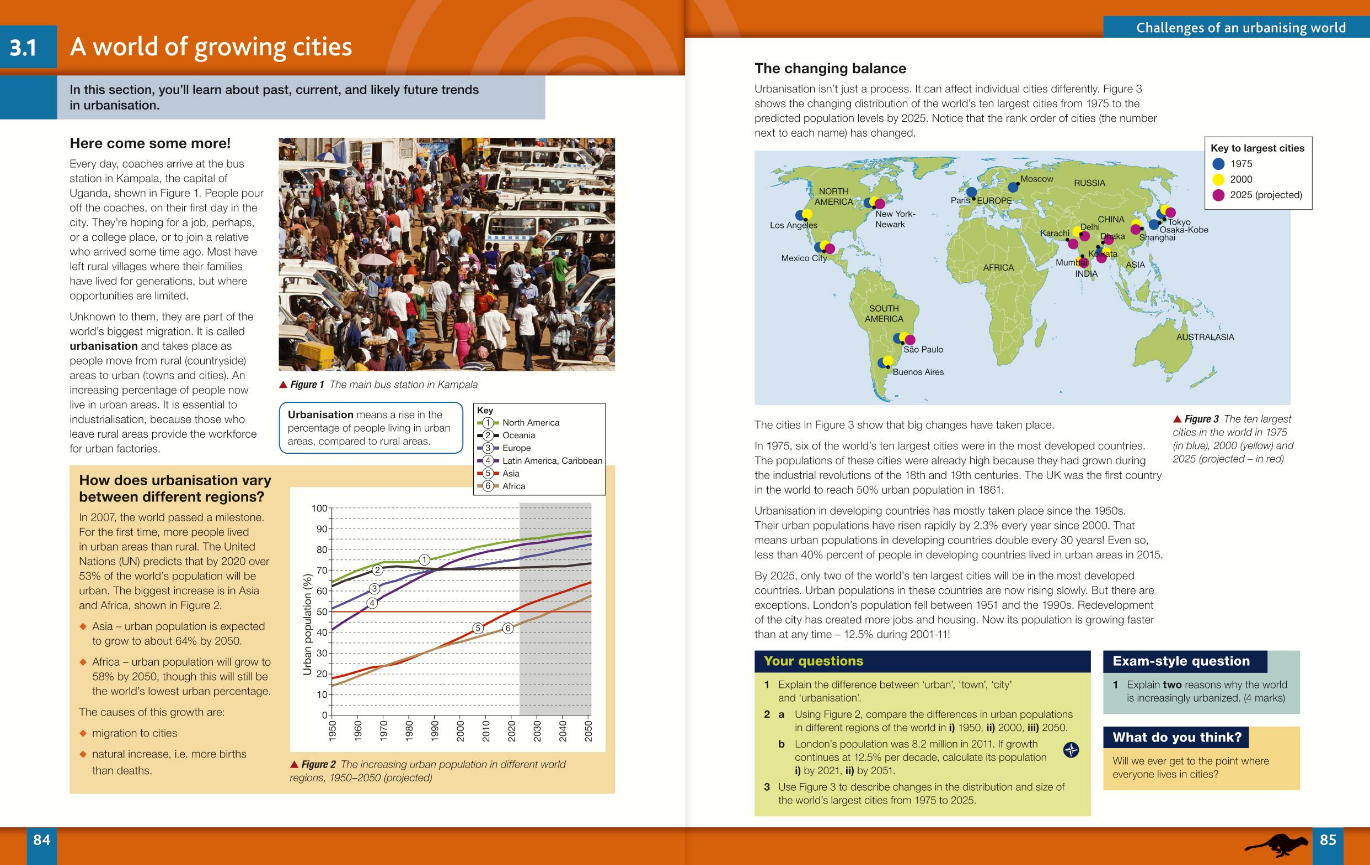2024-12-27
Read for Speed#
I spend a large portion of my life reading - for pleasure, pain, and pursuit of knowledge. Reading faster would give me more life to live. Unfortunately that's not particularly easy. At around 360 WPM (words per minute), I'm already pretty fast for a 'normal' reader. To improve, I need to properly pick up speed-reading.
Skip the post and try the thing#
The How and The What#
Two key elements of speedreading are:
- Structured scanning
- Removing subvocalisation
Structured Scanning#
All text has structure. Headers, multiple different callouts, graphs, lists, sections - there's a gazillion ways of organising and segmenting information. Textbooks are extremely explicit, but even with raw text you'll have introductions, conclusions, topic sentences, oxford lists.[1]

I always read the main column text of my textbooks top to bottom, then went through every callout in order. Apparently this is not the best way to do it. Taking advantage of the structure will speed things up, prepping your brain for the content and knowing where to skim and where to stop, how to order things to best understand what's going on.
Subvocalization#
Reading is generally done with subvocalization, or 'speaking aloud' the text to yourself. This is apparently not actually a requirement. Instead, just rawdog text in the OG form, downloading the visual data straight to your cortex, zero parsing required.
Subvocalization puts a hard limit on reading speed; you can never go faster than you can internally narrate. Generally, the max speed for subvocalization seems to hover around 400 wpm for the fastest readers, with the average being around 250.
Getting rid of subvocalization gets rid of this somewhat-debateably-artifical limit. But how?
Force the Fast#
A recommended tool to remove subvocalisation is to remove the alternative, by flashing words by at a higher speed and seeing how you do. Try it here with my Context Poisoning conclusion and see how high you can push the WPM while still being able to read:
Practice makes perfect, etcetera, ad nauseum. Pushing yourself to read without any chance of subvocalization will remove this hindrance in everyday reading as well.
Force Fed#
While this kind of tool is very useful for the subvocalization aspect, it also completely prevents you from scanning the structure. This is well enough for my blog text that's intended to be read start to finish, but becomes troubling when the material does come with structure. Using this with an excerpt from Artificial Intelligence, Scientific Discovery, and Product Innovation by Aidan Toner-Rodgers quickly illustrates this:
Here the section headers are as indistinct as any other text, bulletpoints become useless, and citations are given with the same focus as constructive text.[2] Switch to the Fiction text, and you'll see another side of it - force feeding speed reading can make dialogue frustrating, without pinned quotation marks to delineate speech.
Comprehending the Controversy#
The primary argument against speed reading is comprehension; the faster people read, the less they understand. The line between speed and skimming is very, very thin. This is why I use longer[3] examples; without a pause to consolidate, the information has no time to settle in your brain. The counter is that you'll have more time to re-read, and know which interesting parts to focus your attention on.
Personally I also dislike speedreading for pleasure. Much of my joy of reading comes from beautiful turns of phrase and particularly clever sentence structure, which come across much better when subvocalized. The best stories are poetry, which should be read aloud for proper delight in the way words and expectations are played with. Speed reading novels destroys the entire point of reading them at all, personally. Still, speed reading is useful for the large amount of text I need to injest for the content without care for the construction.
In your own words#
You can use this tool for anything you like:
👁️🗨️ Tip
This has some additional slider past the normal wpm controls. You can give yourself a longer break at the end of a paragraph (recommended as otherwise you have no time to blink). I've also givin a minimum characters per word-flash cutoff, so instead of seeing 'a' 'word', you'll see 'a word' as a single flash. Personally I found this a lot easier. Finally I added a slider that will give you extra time on particularly long words. This is entirely a reaction to my attempt as speedreading scientific papers.